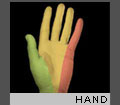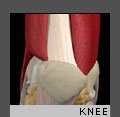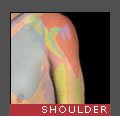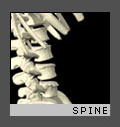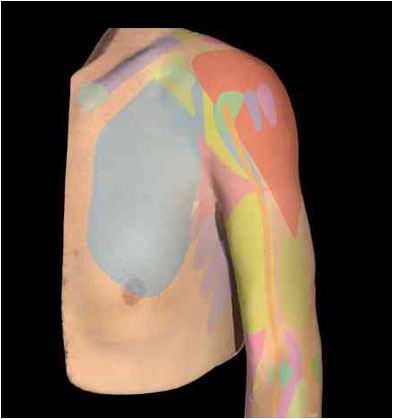For both the professional and the amateur golfer, the likelihood of developing a shoulder injury appears to be due to several factors:
- Overuse (excessive play or practice)
- Improper swing technique
- Inadequate warm-up
- Poor strength and flexibility of the shoulders, arms, back, and legs
- Advancing age
Some of the more common shoulder problems seen among golfers include:
- Tears or tendonitis of the all-important rotator cuff tendons (Injury to the rotator cuff accounts for the vast majority of golf-related shoulder injuries.)
- Rotator cuff impingement
- Shoulder bursitis
- Arthritis of the acromio-clavicular ("A-C") joint
- Shoulder instability (particularly for the younger golfer)
- So-called "scapular lag", resulting from weakness of the muscles surrounding the shoulder joint
